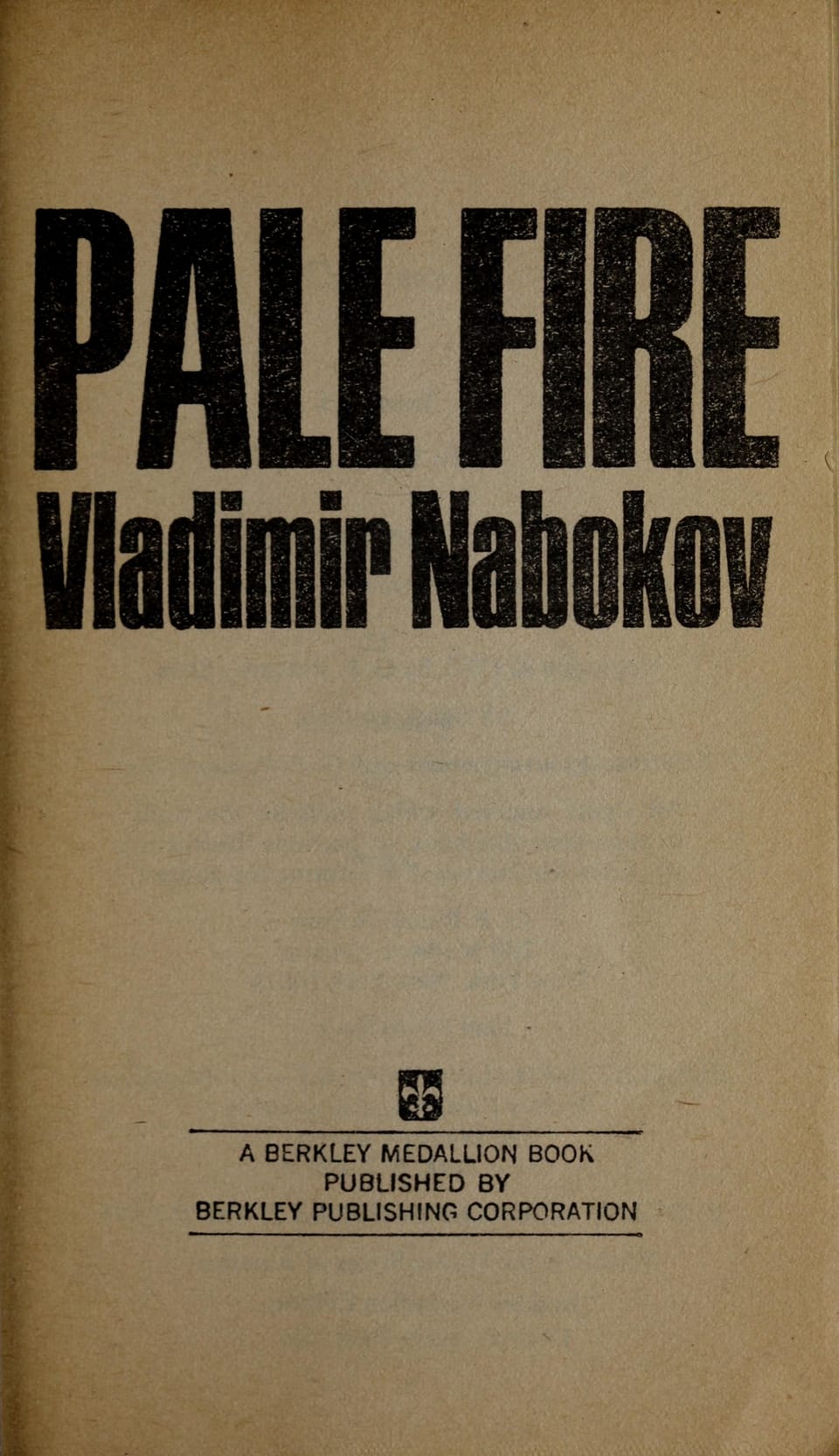Sputnik Sweetheart: An 800-Word Guide to Murakami’s Modern Classic
Discover Haruki Murakami's Sputnik Sweetheart: plot, themes, characters, and symbolism explained in an accessible, spoiler-light guide.

Introduction
Haruki Murakami’s 1999 novel "Sputnik Sweetheart" is often described as a gateway into the author’s surreal universe. Compact yet emotionally dense, the story blends unrequited love, existential longing, and the thin membrane that separates reality from dreamscapes. For readers new to Japanese literature, it offers a suspenseful plot that doubles as a meditation on identity in a hyper-connected world. For long-time Murakami fans, it serves as a distilled version of his signature motifs: disappearing women, jazz references, and unexplained portals. This article delivers an 800-word, spoiler-light exploration of the novel’s plot, themes, characters, and lasting cultural impact.
Plot Overview
"Sputnik Sweetheart" unfolds through the eyes of K, a 25-year-old elementary school teacher who is quietly in love with his best friend, Sumire. Sumire, however, is consumed by her own longing for Miu, a glamorous, much older businesswoman she meets at a wedding. Murakami sets the emotional stakes quickly, then whisks the trio from Tokyo to the sun-bleached Greek island of Mykonos, where boundaries blur and people vanish. K receives a midnight phone call from a distressed Miu: Sumire has disappeared without a trace. As K investigates, the linear narrative tilts into the uncanny. Doors open onto alternate realities, and tape recordings hint that Sumire may exist on a parallel plane. While the mystery propels the plot, its solution remains secondary to the intense interiority of the characters.
Narrative Perspective and Tone
K’s first-person narration filters every event through controlled understatement. He is analytical, almost detached, yet painfully self-aware of his emotional paralysis. This restrained voice contrasts sharply with the novel’s surreal incidents, amplifying their eerie resonance. Murakami’s choice of a male narrator observing two women also allows the novel to interrogate the act of looking—how desire often places the loved one on an unreachable pedestal. The tone oscillates between melancholy realism and dreamlike wonder, producing an atmosphere where the improbable feels oddly natural, and where everyday details—coffee smells, jazz chords—anchor the reader in tactile reality.
Major Themes
Unrequited love lies at the heart of "Sputnik Sweetheart," but the novel ultimately broadens into a study of existential isolation. Murakami suggests that everyone orbits others like satellites, forever failing to dock with the object of desire. The Russian spacecraft Sputnik, forever circling Earth yet never landing, serves as a central metaphor. Another theme is identity fragmentation: characters confront versions of themselves cleaved off by trauma or unmet desire. Finally, the story dramatizes communication breakdown in an age of constant connection—letters go unanswered, phone calls echo in empty rooms, and language itself becomes suspect as a vehicle for truth.
Character Study
Sumire, a would-be writer who idolizes Jack Kerouac, embodies restless creativity. She dresses in oversized men’s coats, chain-smokes, and rejects social convention, making her attraction to the polished Miu all the more surprising. Miu, in turn, conceals a past incident that literally left her hair white overnight, a gothic touch that hints at psychological damage. K functions as both observer and participant: his sensible exterior masks a yearning as ferocious as Sumire’s. By arranging these three in a love triangle devoid of fulfillment, Murakami exposes the gaps between how we perceive ourselves, how others perceive us, and who we might be in a parallel life.
Sputnik and the Space Motif
The title references not only the Soviet satellite but also a comedic misunderstanding: Miu compares herself and Sumire to "sputniks," confusing the Russian term with "beatniks." This linguistic slip captures the novel’s ongoing play with mistranslation and misalignment. Space imagery recurs—radios crackle with celestial noise, the Aegean night sky glitters overhead, and characters speak of crossing invisible atmospheres. These motifs underscore the idea that emotional distance can feel as vast as interstellar space, even when physical bodies stand inches apart.
Murakami’s Literary Style
Stylistically, "Sputnik Sweetheart" showcases Murakami’s trademark blend of pop culture references, minimalist prose, and sudden surreal twists. Jazz records, Raymond Chandler paperbacks, and convenience-store meals coexist with Greek myth and metaphysics. The language is deceptively simple, granting the reader easy entry before springing philosophical traps. Murakami also employs strategic ambiguity: he raises questions—What happened to Sumire? What did Miu really see that night in a Ferris wheel?—but refuses tidy resolutions. This openness invites readers to supply their own cosmology, making the novel linger in the mind long after the final page.
Why Read It Today?
In an era dominated by social media, the novel’s portrayal of unbridgeable distances feels freshly relevant. We are more connected than ever, yet many experience the same lonely orbit that torments K, Sumire, and Miu. The book additionally serves as a concise introduction to Murakami’s world, shorter and more linear than later epics like "1Q84," but no less thematically rich. Its cultural references—from jazz LPs to Soviet satellites—also offer a historical snapshot of late-20th-century globalization, making it fertile ground for classroom discussion or book-club debate.
Conclusion
"Sputnik Sweetheart" endures because it dramatizes a paradox at the core of human experience: we crave intimacy yet fear the dissolution of self that true connection demands. Through elegant prose and haunting imagery, Murakami reminds us that everyone has a shadow self drifting just beyond reach, and that love sometimes requires crossing into the unknown. Whether you approach the novel as a mystery, a romance, or a philosophical inquiry, its 200 pages offer a universe of questions—many of which revolve, silently and insistently, around the lonely heart of the reader.



